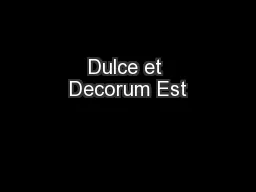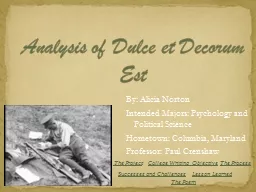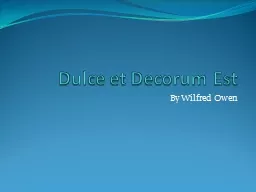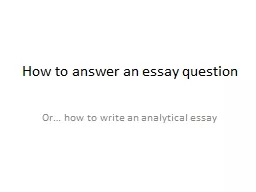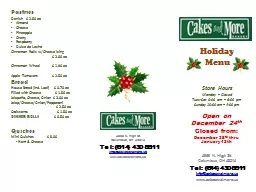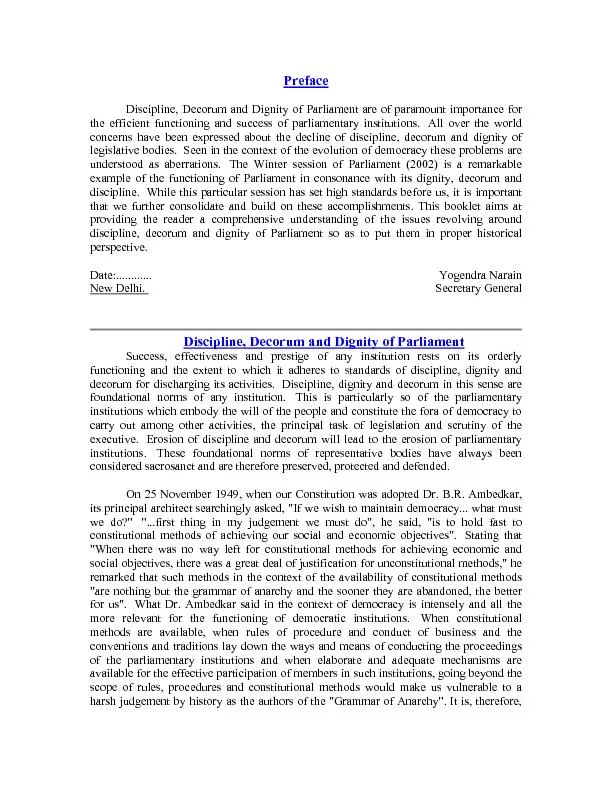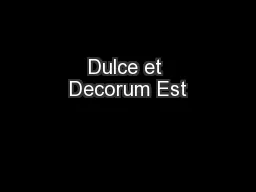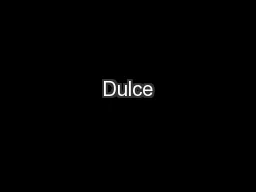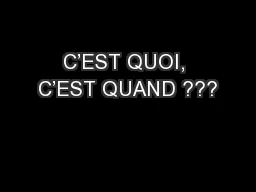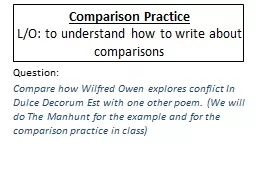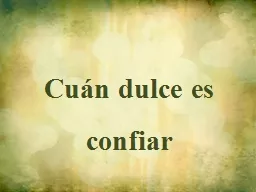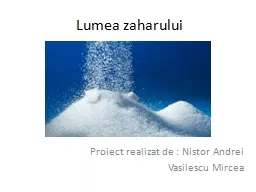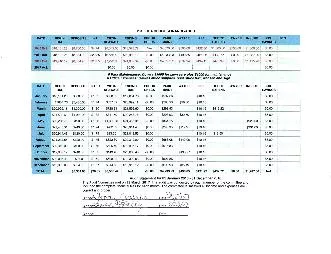PPT-Dulce et Decorum Est
Author : aaron | Published Date : 2017-08-10
Title means how and sweet and proper Quoted from Horace a Roman philosopher Quote passed through generations and was taught to children during Owens time The poem
Presentation Embed Code
Download Presentation
Download Presentation The PPT/PDF document "Dulce et Decorum Est" is the property of its rightful owner. Permission is granted to download and print the materials on this website for personal, non-commercial use only, and to display it on your personal computer provided you do not modify the materials and that you retain all copyright notices contained in the materials. By downloading content from our website, you accept the terms of this agreement.
Dulce et Decorum Est: Transcript
Download Rules Of Document
"Dulce et Decorum Est"The content belongs to its owner. You may download and print it for personal use, without modification, and keep all copyright notices. By downloading, you agree to these terms.
Related Documents

